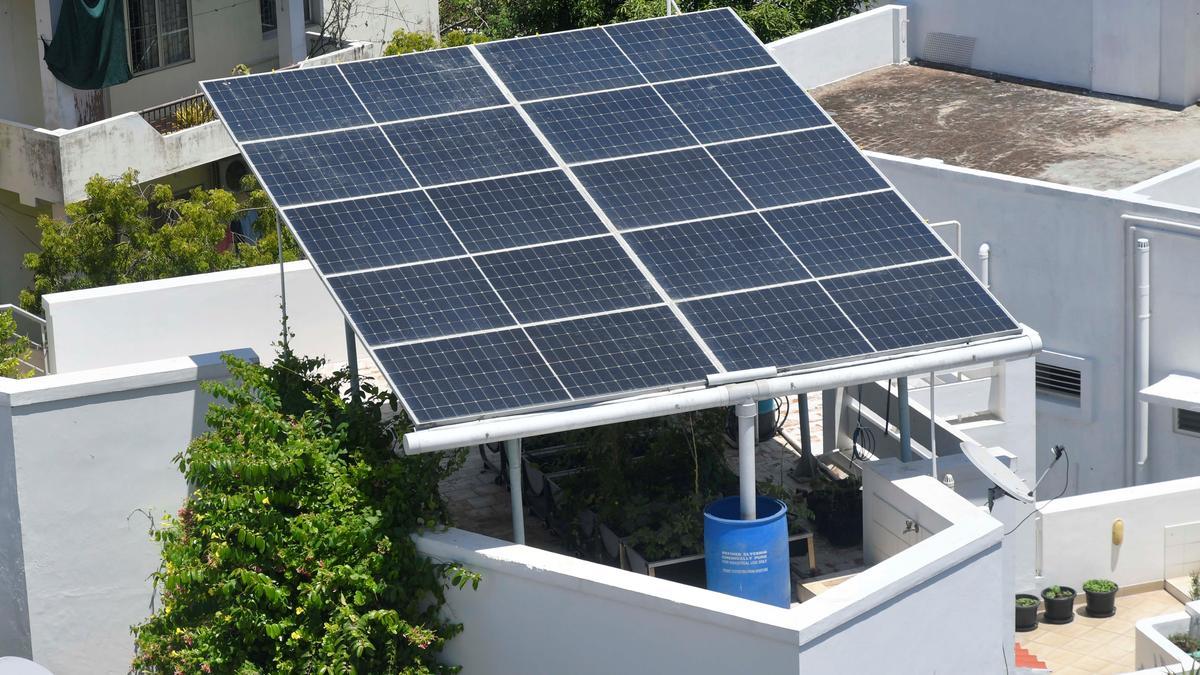வீட்டு மேற்கூரை மின்சக்தி உற்பத்தி திட்டத்துக்கு நெட்வொர்க் கட்டணம் விதிப்பதில் இருந்து விலக்கு கோரும் நுகர்வோர் அமைப்பினர்
கோவை: வீட்டு மேற்கூரை மின்சக்தி உற்பத்திக்கு நெட்வொர்க் கட்டணத்தில் இருந்து விலக்கு அளிக்க வேண்டும் என அரசுக்கு நுகர்வோர் அமைப்பினர் வலியுறுத்தியுள்ளனர். பிரதமரின் சூர்யோதயா யோஜனா திட்டத்தின் கீழ்,…


